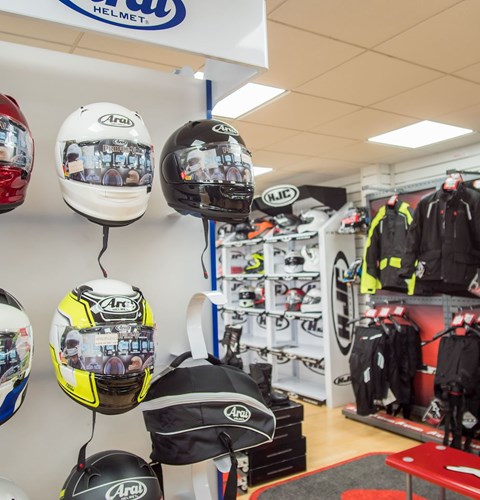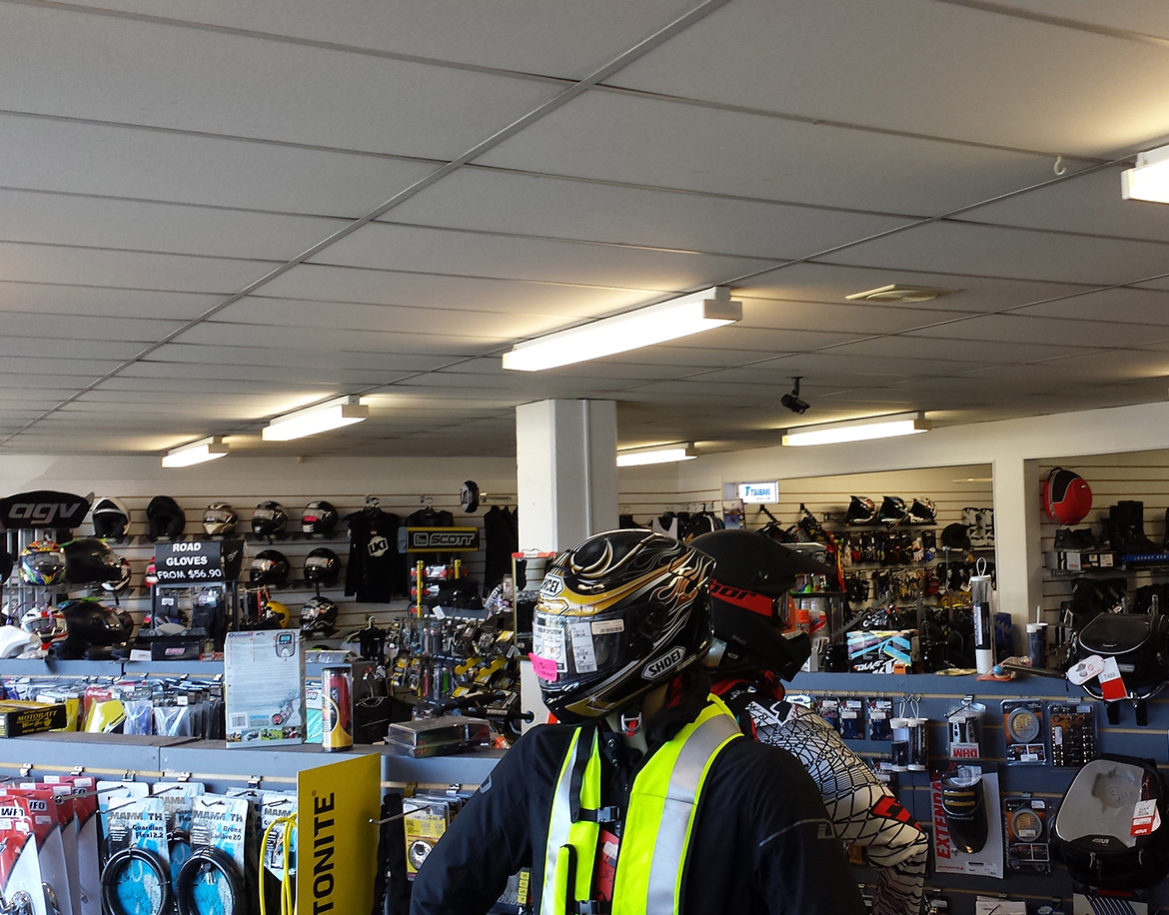Recognizing the Vital Parts of a Motorcycle: A Comprehensive Guide for Fanatics
For bike lovers looking to raise their riding experience and ensure their bikes run smoothly, comprehending the important elements of a motorcycle is paramount. Each component, from the engine's intricate operations to the critical duty of the braking systems, not just affects efficiency however likewise security and comfort. This overview will certainly walk through the essential parts that every motorcyclist must recognize with, allowing notified options in both upkeep and prospective upgrades. As we start this exploration, one must ask: exactly how does each part connect to produce the seamless experience every fanatic looks for?
Engine Elements

The camshaft plays a crucial function in controlling the timing of the engine's valves, ensuring the accurate opening and closing essential for reliable fuel and air intake, in addition to exhaust expulsion. This timing is important to keeping optimal engine efficiency and efficiency. Furthermore, the carburetor or fuel injection system, depending upon the bike model, is in charge of blending air with fuel in the appropriate proportion for burning.
The air conditioning system, either air or liquid-based, functions to preserve the engine's temperature within operational restrictions, avoiding overheating and ensuring durability - motocross parts nz. Each component, meticulously designed and incorporated, contributes to the seamless operation of the engine, specifying the bike's power outcome and total efficiency
Transmission System
Essential to the bike's performance, the transmission system makes certain effective power transfer from the engine to the wheels. This system consists of numerous essential parts, consisting of the clutch, gearbox, and final drive, each playing a crucial duty in equating the engine's power into motion. The clutch, typically operated by a hand bar, serves to disengage the engine and involve from the transmission, permitting smooth equipment changes and regulated acceleration.
The gearbox, commonly described as the transmission appropriate, has a set of equipments that motorcyclists can manually move with to adjust the bike's speed and torque result. These equipments are prepared in a series that makes it possible for the bike to increase efficiently and preserve optimal engine efficiency throughout different rates. A lot of bikes use a sequential transmission, requiring the cyclist to change equipments in an established order.
Braking Devices
While understanding the transmission system is key to using a motorcycle's power, just as important is the ability to manage and quit that power successfully, which is where stopping mechanisms enter play. Brakes are crucial for safety and security and performance, supplying the cyclist with the essential control to navigate numerous terrains and problems. Generally, motorbikes feature 2 kinds of stopping systems: disc brakes and drum brakes.
Disc brakes are more common in modern-day motorcycles as a result of their premium efficiency. They consist of a brake disc, caliper, and pads. When turned on, the caliper squeezes the brake pads versus the rotating disc, converting kinetic power into heat, thus reducing the wheel. This system provides much better warmth dissipation, regular performance, and improved stopping power, especially in wet conditions.
On the other hand, drum brakes, though less common, are still located in some motorcycles. motorcycle repair shops near me They function by pushing brake shoes versus the inner surface area of a drum connected to the wheel. While normally less efficient in warmth dissipation and quiting power, drum brakes are easier and extra cost-efficient.
Comprehending these braking systems' subtleties permits bikers to preserve their motorbikes appropriately and appreciate the engineering that makes sure effective and secure quiting.
Suspension and Guiding
Suspension and steering systems are vital parts that significantly affect a motorcycle's handling and trip comfort. The suspension system, being composed of forks at the front and shock absorbers at the back, absorbs road irregularities, enhancing stability and control. Front forks, upside down or typically telescopic, compress and rebound to minimize effects, while back shock absorbers maintain tire contact with the roadway, vital for grip and safety and security.
Steering, focused around the handlebars, attaches the motorcyclist to the motorcycle's click here for more info directional control. The steering head bearings ensure smooth operation, permitting accurate ability to move. Proper alignment and maintenance of these bearings are vital for predictable guiding action and minimizing cyclist fatigue.
The suspension's adjustability is another critical element; preload, damping, and rebound setups allow personalization to suit different riding problems and designs. This versatility is essential for optimizing efficiency, whether browsing urban streets or tackling sturdy trails. Advancements like digital suspension systems supply real-time adjustments, improving adventure high quality throughout diverse surfaces.

Electric Solutions
After ensuring a smooth and controlled adventure via effective suspension and guiding systems, focus transforms to the electrical systems, an essential element of modern bikes. These systems play a vital role not just in beginning the engine yet likewise in powering different parts that improve the functionality and safety of the bike.
At the heart of a bike's electric system is the battery, which stores electrical power required for starting the engine and powering complementary systems - moto parts nz. The generator or generator, paired with the rectifier-regulator, ensures the battery continues to be charged while the bike is in operation, transforming power right into electric energy and maintaining voltage levels
The ignition system, an additional essential component, is in charge of stiring up the air-fuel blend in the engine's cylinders. Modern motorbikes often utilize an electronic ignition system, providing better performance and dependability contrasted to conventional systems.
Lights systems, including fronts lights, tail lights, and indications, are also crucial, ensuring presence and security for the motorcyclist. Additional digital elements such as sensors, control systems, and shows add to innovative functions like fuel shot administration, anti-lock braking systems (ABDOMINAL original site MUSCLE), and digital control panels, additionally boosting the riding experience.
Conclusion
A thorough understanding of a bike's important components, consisting of the engine, transmission system, stopping systems, suspension, guiding, and electric systems, is important for fanatics aiming to enhance safety, convenience, and performance. Proficiency of these elements enables informed choices pertaining to upkeep and upgrades, ultimately enhancing the riding experience. By incorporating this expertise, cyclists can guarantee their motorcycles operate at peak effectiveness and dependability, consequently making the most of both satisfaction and longevity of their cars.
For motorbike lovers looking to raise their riding experience and ensure their bikes run efficiently, comprehending the essential elements of a motorcycle is paramount.Important to the motorbike's functionality, the transmission system makes sure reliable power transfer from the engine to the wheels.While recognizing the transmission system is crucial to using a motorbike's power, just as vital is the capacity to manage and stop that power effectively, which is where braking mechanisms come into play. Typically, motorcycles include 2 types of braking systems: disc brakes and drum brakes.
An extensive comprehension of a motorbike's crucial parts, including the engine, transmission system, stopping systems, suspension, steering, and electrical systems, is indispensable for lovers intending to enhance safety and security, performance, and comfort.